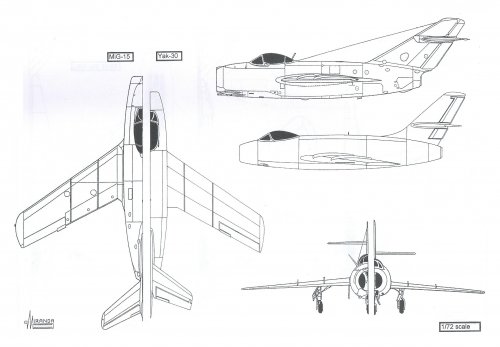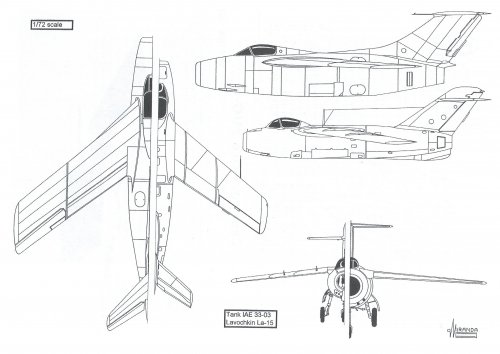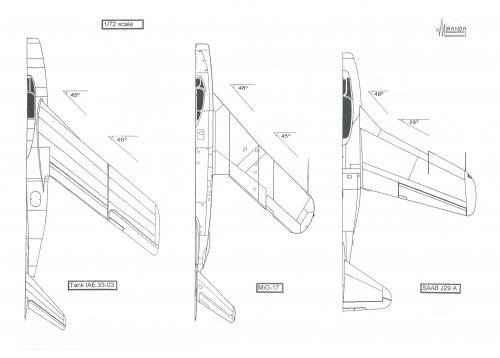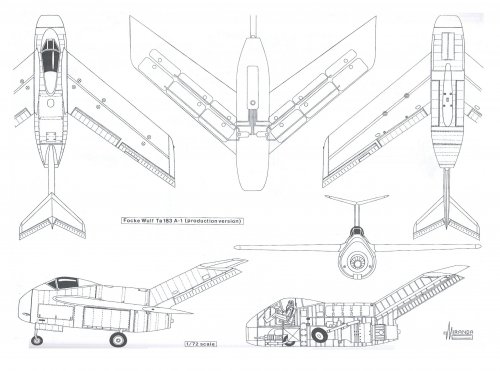prolific1 said:One or two prototype aircraft flying half way across the world as the basis for a major military raid. Mr Gingrich shouldn’t give up his day job – whatever that is…
Writing a trilogy of wet dreams about a protracted American Civil War. Those pesky abolitionists.
Actually, Gingrich finished that trilogy some years ago. According to the Wiki entry on it, the US (you know, the Republicans under Lincoln, those pesky abolitionists) still winds up spanking the Confederates (you know, the Democrats, those pesky slaveowners).
Civil War alternate history never interested me too much (apart from Harry Harrisons take on it), but "what if the battle of Gettysburg turned out differently" is a fair question.
Gingrich is now working on another series of alternate WWII books, based on the premise that the Japanese Navy launched a third strike on Pearl Harbor rather than just the two.




